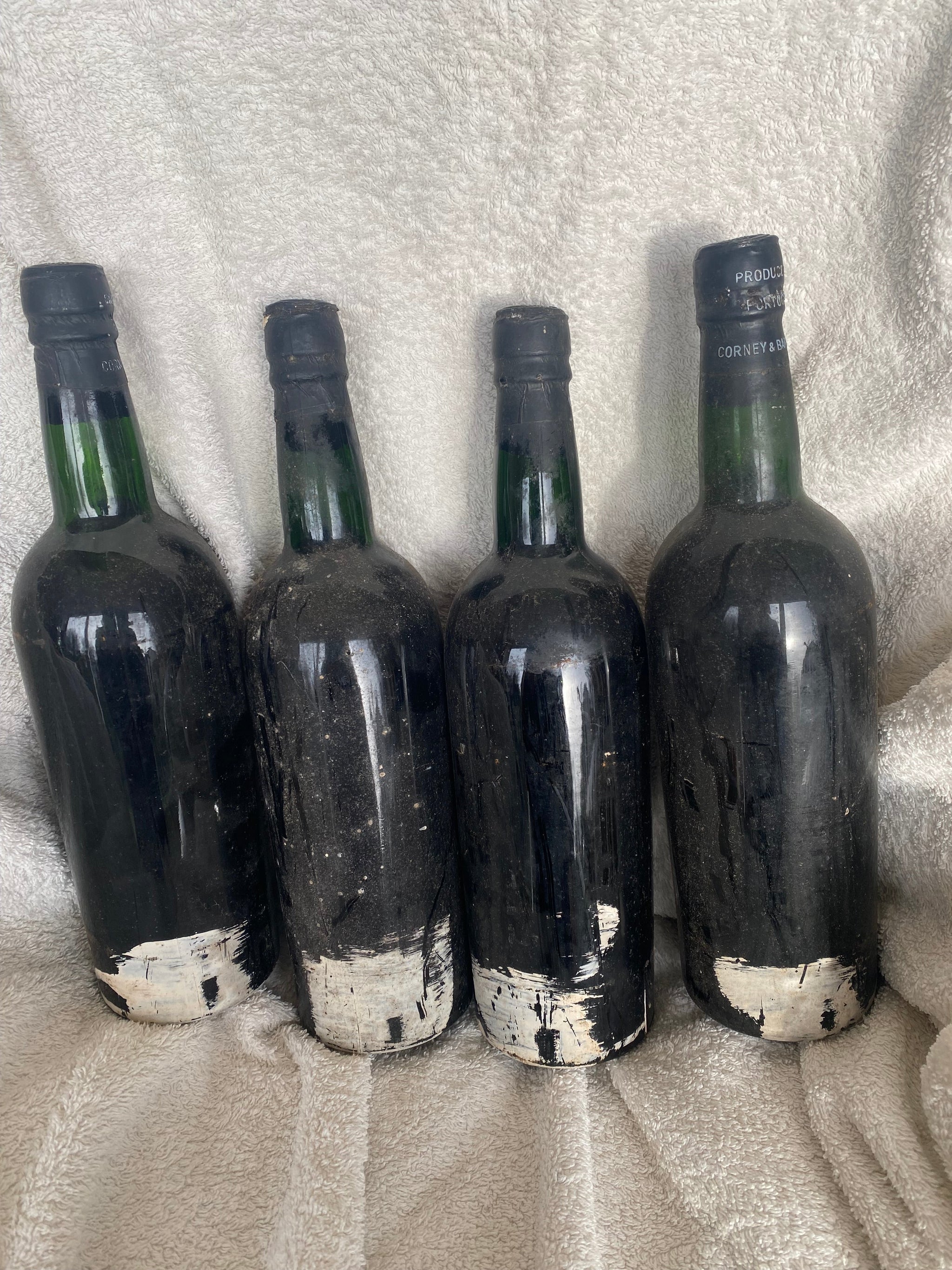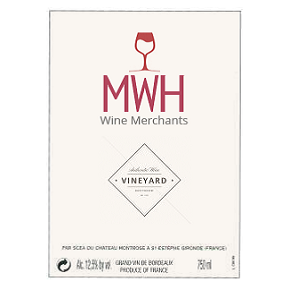Provenance and condition are two of the most misunderstood terms in wine. In his latest blog for MWH Wines, fine wine expert Mike Hall advises us on how beauty is often in the bottle and not the eye of the beholder…

Provenance and Ullages
There is no doubt that provenance is the most overused word in the wine trade and it’s often used in a misleading context too. A typical conversation goes something like this;
‘That bottle of 1900 Fonseca you are offering, can you give me the history of its provenance?'
‘Er, no sadly actually I cannot. The only way I could offer you real provenance is if I bought it when it was first offered, that is I bought it in 1902, shipped it straight away and have owned it ever since. Of course, to have done so I would now have to be at least 124 years old… you see my problem?’
Fact is with venerable wines such as these the provenance you are looking for isn’t so much in the history of the bottle, but in the history of the merchant you are buying it from. Here at MWH Wines, for example, we’ve built a reputation for excellence and authenticity through 40 years in the wine trade.
Very old wines are like very old antiques; they will have usually have had several changes of ownership over the years, some of which may not have been documented or that documentation has been lost in time. When it comes to fine old wines it is, in my view, far better that when a customer asks a question like the one above that you give a straight answer;
'No, I cannot give you the provenance on this wine because I bought it from a private customer - like the rest of the wine trade – who does not have that information. What I can do is put my reputation behind it, show you a condition report and say that I bought it for the following reasons; the bottle looks right for its age, the colour, label, cork and capsule are in the sort of condition that makes me believe that it is genuine and in good order.’
Beauty Is On The Inside
Old wines in pristine condition are suspicious wines. As the world falls further and further in love with these wonderful old bottles and the prices spiral ever higher so fraud becomes more and more lucrative. Old wines need to look their age; labels – even when coming from ex-original wooden cases (OWC) should be faded – or in the case of Port, missing – capsules tarnished and levels lower.
Ah low levels; the one thing that’s guaranteed to raise buyers’ eyebrows. The reality is old wines will have suffered from ullage – loss of wine owing to natural evaporation. I have personally drunk many Vintage Ports where even if the bottle is only half full, it has still tasted superb. Try it sometime, you will be pleasantly surprised and you’ll be getting a relative bargain into the process.
When it comes to claret, if a bottle of 50-year-old bottle has an ullage which is above mid-shoulder then that is quite normal and the bottle is probably fine to drink. Sadly, some new e-commerce wine trading sites have decided to try and change the parameters on ullage. Many of them suggest that a 50-year-old claret should have a perfect fill and label. I say this is nonsense. If a wine like this looks perfect, then there is a good chance it isn't what it is supposed to be. Unless it came direct from the château and was re-labelled just before shipment, then it’s just unlikely.
There used to be an old saying in the wine trade, 'The dirtier the bottle is, the better it tastes!' The best old bottles have come out of old, dark and damp cellars. Damp of course is not the label’s best friend but my goodness it helps preserve the wine.
So, if you’re thinking of buying an old wine – be it for personal consumption or as an anniversary wine gift – then don’t be put off by shabby labels or low-looking levels, the wine’s beauty lies within.

